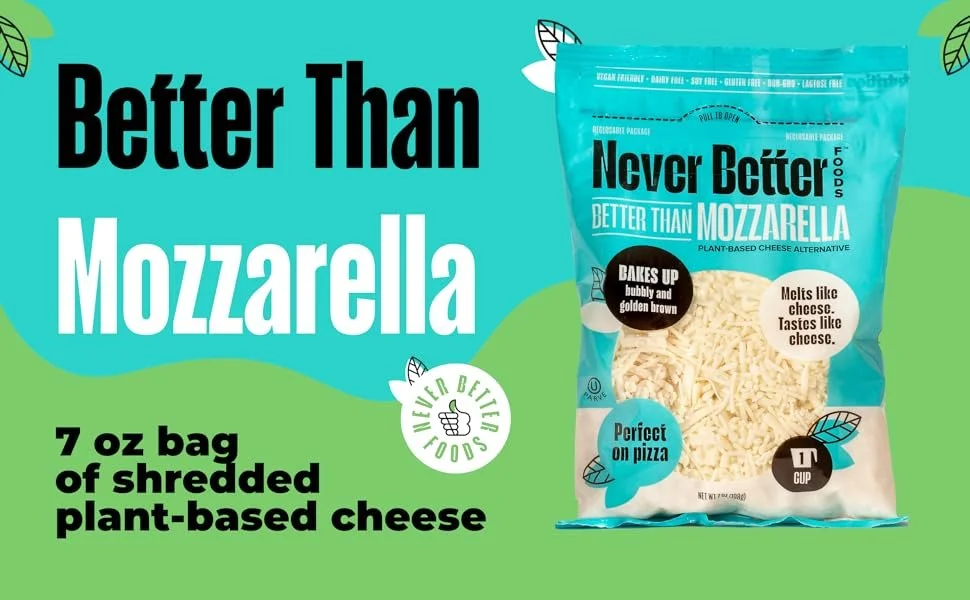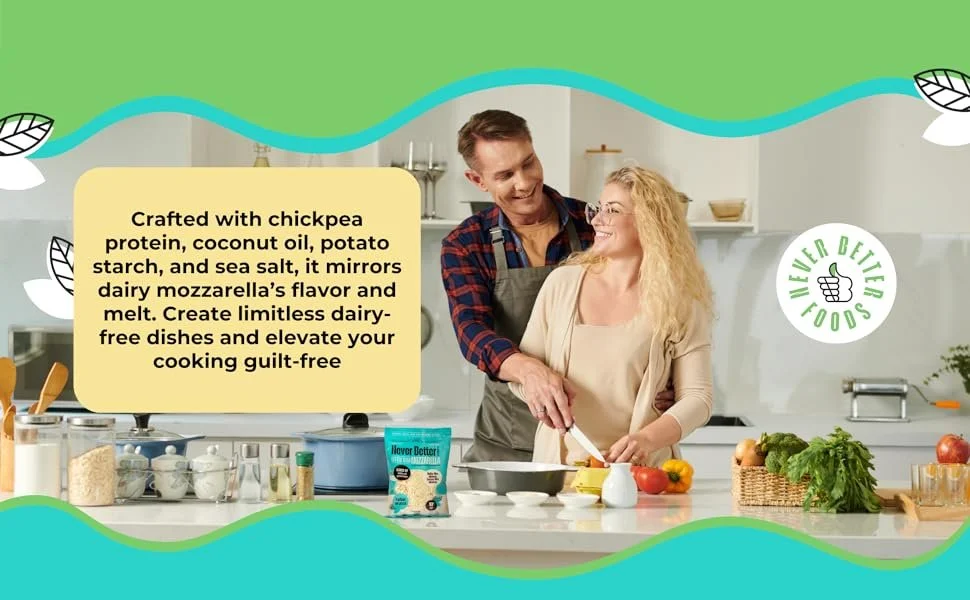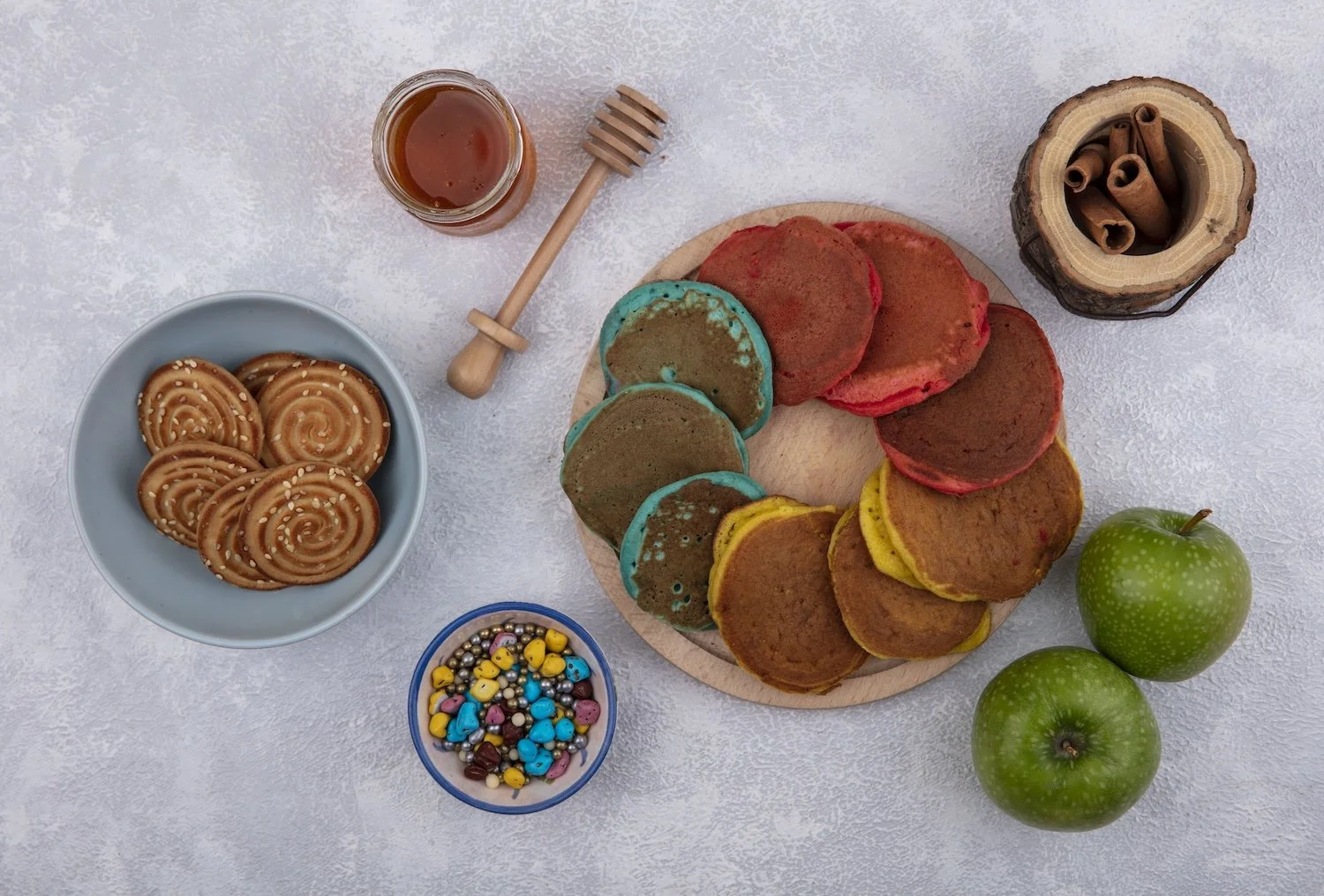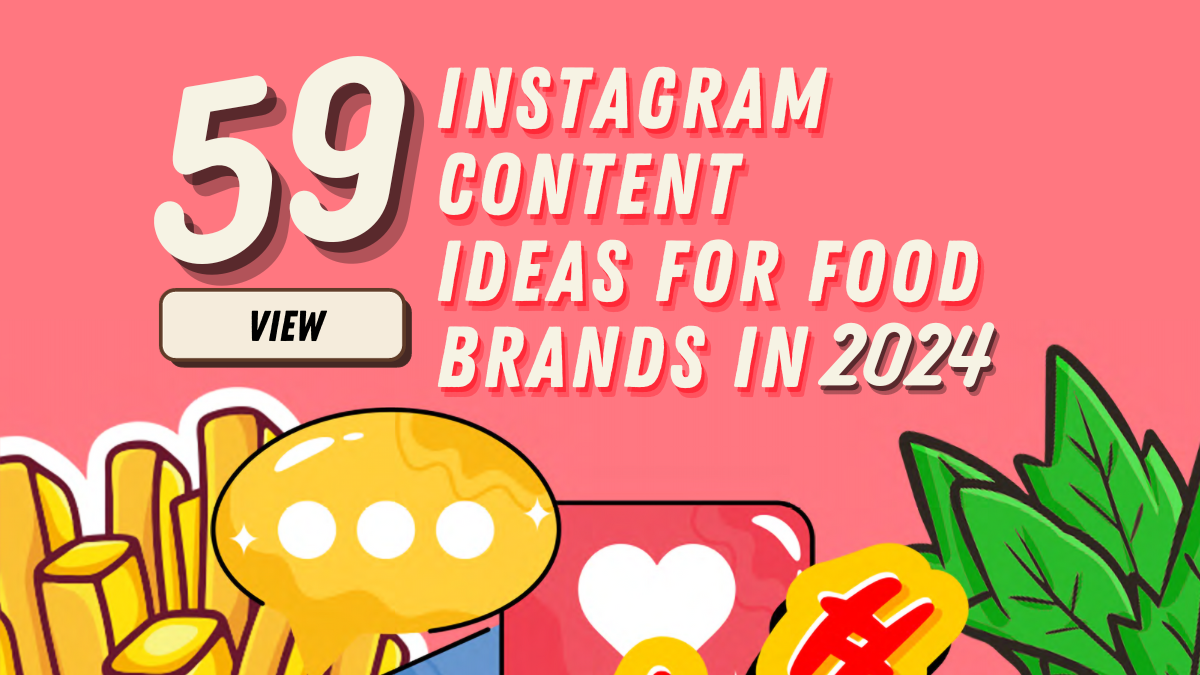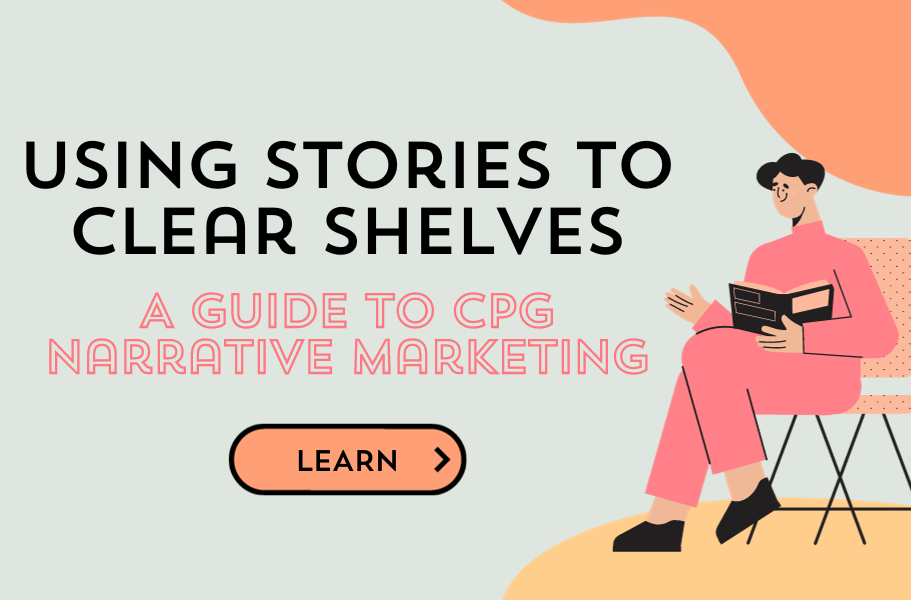Using Amazon A+ Content to Propel Your CPG Sales
Amazon has become the go-to site for purchases for everything from CPG food products to electronics. According to Statista, Amazon was responsible for nearly 40% of US eCommerce spending in 2023 - a number expected to rise by another almost 12% in 2024. Additionally, food and beverage sales are estimated to increase to over 21 % of total revenue in the eCommerce space by 2027.
Amazon has approximately 9.7 million sellers worldwide, meaning the supply can easily outweigh the demand. So how do you make your CPG product stand out among the sea of competitors? In this article, we explore Amazon’s content creation and management tool, A+ Content, and explore how you can maximize the tool to boost your CPG sales.
What is Amazon A+ Content?
With sellers flocking to the platform, Amazon recognized that it was vital to guide new vendors on how to find success when using the marketplace. Amazon provides a New Seller Guide that outlines brand, logistics, pricing, and promotional services that are recommended by the platform. A+ Content is part of this New Seller Guide that boasts 6x more first-year sales on average for sellers that utilize the guide in their first 90 days according to Amazon’s site.
Non-A+ Content, also known as a standard listing, is the basic product listing created when a product is first listed on Amazon. A standard listing includes a title, description, images, and price, all of the basic information necessary for buyers to purchase a product. Static images, standard SEO optimization, 2,000-character product overviews, and limited customization options are within the scope of the free standard listing that is available to all sellers.
A+ Content is an advanced option to add rich text, imagery, HD videos, and banners to Amazon product detail pages. Videos, infographics, brand colors, and better search optimization are available with A+ Content, giving sellers the opportunity to share their brand story and increase customer engagement with their product before a sale is made.
Example of a standard listing
Example of A+ Content
While standard listings are available to all sellers, A+ Content is available to sellers at the discretion of Amazon. Typically, A+ Content is available to sellers that have a professional selling account and are enrolled in Amazon Brand Registry. The performance of the online business may also play a factor in A+ Content being available. However, there is no guarantee that a seller will be offered A+ Content even if they do meet all the requirements.
Premium A+ Content is an extended version of A+ Content. With additional features, like larger images and interactive graphics, Premium A+ Content allows you to create more engaging content that draws in potential buyers and better showcases your products. While Premium A+ Content does not have any additional fees at this time, there are no known stipulations to receiving the banner that informs sellers that Premium A+ Content is available to them.
Why Use A+ Content?
While Amazon A+ Content does take additional time and effort to establish, the benefits are worth the effort. Amazon states that A+ Content can increase sales by up to 20%, demonstrated by comparing products that had A+ Content versus standard listings. The key to seeing those increases in sales is to better understand A+ Content offerings and how to leverage them to make a product attract more attention than similar products.
Brand Story
A+ Content includes a Brand Story section that allows sellers to share what makes their brand unique. Separate from the product description, this is an opportunity to share a brand mission, inspirations, and why consumers should invest in your products. This section includes both image and text sections, making it perfect for sharing lifestyle shots of your staff, action shots of your production, and compelling narratives about your purpose. Narrative marketing employs a Storytelling Framework that describes your brand while still emphasizing individual shoppers’ needs.
A/B Testing
When launching a new product, it can be hard to know what tactical approach will be most effective. Even with market research, it can be challenging to know what imagery or terminology will resonate most with your audience. A+ Content allows you to test two different versions of A+ Content to determine what customers prefer. Amazon allows up to 500 Amazon Standard Identification Numbers (ASINs), similar to a SKU, to participate in an A/B test.
Customizable Content
One of the key differentiators between A+ Content and standard listings is the ability to include more engaging content for your product. Sellers can demonstrate the unique value of their products through rich multimedia elements, such as videos, infographics, and comparison charts. More detailed descriptions, benefits, and features sections let you include more details about your product without losing the visual appeal of your product page.
Standard Listing Example:
A+ Content Example:
Photography and graphic design by Julee Ho Media
Graphic design by Julee Ho Media
A+ Content is highly customizable with different layouts and elements, giving sellers the control to develop a page layout that makes the most sense for their product and brand. With so much freedom with A+ Content, it’s important to have a strong strategy to guide how content is created and presented for a brand.
Product Photography and Why It Matters
For many Amazon shoppers, the images of your products will be their first introduction to your brand. There are often hundreds of other products trying to catch the eye of consumers, meaning strong photography can make or break the sale. But what constitutes “good” photography?
Amazon allows for a variety of photography styles on the platform. First is the standard product on a white background. This helps to display the product with no additional distractions, giving potential buyers a clear idea of what your product is and any additional features. Good lighting, clear images, and a straight-on or 45-degree angle will both fit Amazon’s guidelines and also catch the eye of shoppers.
Photography by Julee Ho Media
Lifestyle images show how your product can be used in real life. These images help to create an emotional connection with an audience, demonstrating how the product can be integrated seamlessly with their adventures. It’s important to understand the ideal buyer and craft images to appeal to those buyers. For example, it would be unwise for a health brand to include sodas in lifestyle images. In the food and beverage space, lifestyle photography can include food styled on dinnerware, the product used in a recipe, and examples of how to pair it with other foods. This is an opportunity to be creative and show the different ways a product can be utilized.
In A+ Content, it is important to not include any components that consumers may think are included with your product. For example, if the product is a package of instant noodles, the lifestyle image may include the noodles fully cooked and plated. However, be aware that including a bottle of sauce being squeezed on top of the noodles may lead shoppers to believe they’ll be getting sauce with their purchase.
Photography by Julee Ho Media
A+ Content also allows for a 360-degree image of products. These interactive images let shoppers see a product from every angle, setting it apart from competitors in the space. 360-degree images do require special equipment, but the investment is worth the peace of mind knowing that consumers have full confidence in the product they are purchasing
Check out a 360-degree product image example here.
Amazon’s A+ Content also gives sellers the opportunity to include product videos. Product videos are ideal for capturing shopper attention and demonstrating how your product works, with 55% of consumers using videos for purchase decisions.
For example, plant-based meat sellers can use a video to show how their product shares the same texture as real meat when pulled apart. Showing products in use, sharing the story from manufacturing to final product, or presenting a brand video not only shares your dynamic product but also begins the process of building strong brand loyalty.
Product photography is more than just a way to show off a product. It is the first impression that shoppers will have when interacting with a brand. Photography sets the tone for the remainder of the customer experience. When shoppers are exposed to grainy, poorly lit, or low-resolution images, their confidence in the quality of a product and loyalty to a brand can quickly plummet.
Example of poor food photography: Bad lighting, amateur styling, does not appear fresh or of high quality
Photography can do more than just set the tone for a brand - it can have measurable outcomes for a product. A study by Shopify found that products with high-quality product photos had a 94% higher conversion rate than those with low-quality photos. In many shopper opinions, the care and time given to good photography directly translates to the care and time given to customer experience and product quality.
Accurate photography can also reduce product returns and negative reviews. Consumers are purchasing based on what they are seeing and reading. If the product that arrives is outside of their expectations, there is a high likelihood that they will return the product and search for another version that more closely aligns with their needs. Reduce your product returns, thereby increasing revenue, by leveraging strong photography that accurately depicts products.
How to Leverage Product Photography
Surveys show that 40% of new shop owners on Etsy say that product photography is either somewhat or very difficult for them. Amazon sellers are likely no different. It’s important to understand not only what good photography is, but also how to achieve it and how to leverage it.
The first step in excellent photography for A+ Content is to become familiar with Amazon image requirements. Amazon has detailed out the size and content requirements for each image and video module. From banners to videos to 360-degree images, the requirements will be different. Ensure that content is aligned with the parameters to prevent image warping or the inability to upload the appropriate content.
Outside of the logistical component of A+ Content, there is also strategy around what types of images to use and where. Consider a shopper’s perspective when browsing for a product. It’s likely the product image is the first indicator for them on whether the product aligns with their needs. It’s wise to include a variety of image types, from a graphic that details product features to lifestyle images that show how to best use your product. Utilizing A/B testing will help you identify the right combination of images and text to increase conversions.
Professional photography can be invested in if brands do not have an internal creative team. Photography and video shoots are technical and time-intensive, with food photography in particular being a niche that involves a lot of nuance. If your brand doesn’t have the resources to hire and build out a team of experience creatives, photographers and video producers, there are a variety of companies that specialize in eCommerce photography. (Shameless plug: Julee Ho Media is one of those companies).
Conclusion
Amazon A+ Content is a tool that can boost conversions and increase sales. Like any tool, it’s important to know its limitations and how to wield it successfully. While text and copy are the foundational pieces of information, photography is the glue that holds it all together. Learning how to leverage imagery will set you apart from the competition in the eyes of consumers, letting your CPG product shine in the eCommerce space.
Download the FULL Checklist to Skyrocketing Your CPG Product’s Amazon Success
Use this checklist to optimize your CPG Amazon listing today!
Enter your email below.
Julee Ho Media is a boutique photography company specializing in CPG, food and beverage brands. Click here to get a quote and discover how we can help elevate your brand.
Continue learning:
Want more content like this? Subscribe to our monthly Food Marketing Newsletter!






